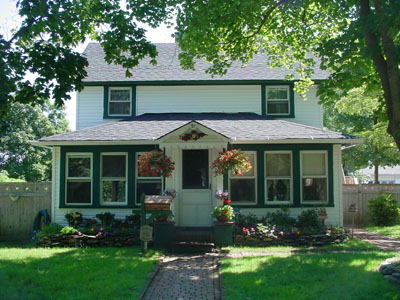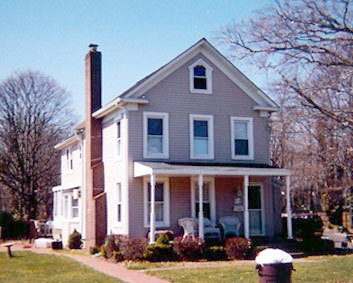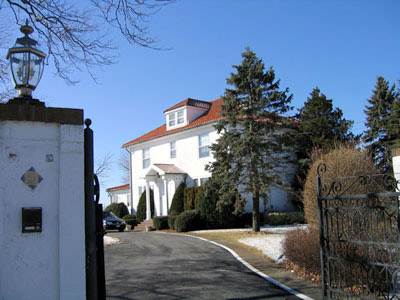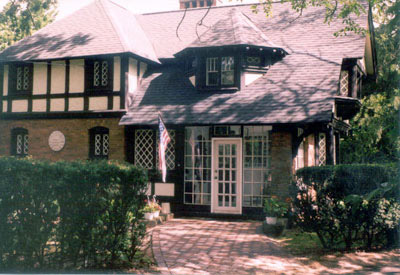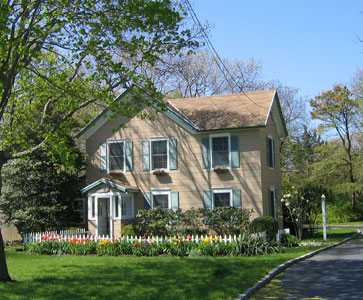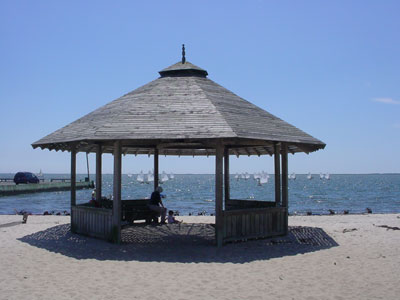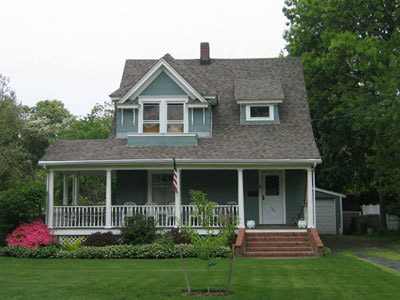Long Island Traditions conducted a cultural resource survey in West Sayville in 2004. Preservation planner Jayme Breschard Thomann prepared an in-depth report that can be accessed here. We welcome updates to the survey and additional information. Please feel free to contact us!
By Jayme Breschard Thomann Long Island’s waterfront communities were first settled by Native Americans who valued the sandy soil on which they could grow corn, tomatoes, squash and other commonplace vegetables. They also harvested abundant fish and shellfish from Great South Bay and the nearby ocean, traveling by canoe and other watercraft. In the late […]
By Jayme Breschard Thomann Long Island’s waterfront communities were first settled by Native Americans who valued the sandy soil on which they could grow corn, tomatoes, squash and other commonplace vegetables. They also harvested abundant fish and shellfish from Great South Bay and the nearby ocean, traveling by canoe and other watercraft. In the late […]
By Nancy Solomon and Cris Muia Oakdale began as part of a royal land grant given to William Nicoll, who founded Islip Town in 1687. The name Oakdale is said to have come from a Nicoll Descendant in the mid 1800’s. As Betty Kuss of the William K. Vanderbilt Historical Society wrote, “any history of […]
By Jayme Breschard Thomann This community was the home of farmers and baymen, boat builders and other residents. There are several examples of summer homes, mostly built in the 1920s and later. 27 Astor Place is an excellent example of a traditional bungalow with wood clapboard siding, modest 1½ story height, eave front façade with […]
By Jayme Breschard Blue Point is part of the Brookhaven Patent from King Charles II, first settled by people in Setauket in 1655. Bayport in Islip is separated from Blue Point in Brookhaven Town by Namkee Creek. The southwest part of Brookhaven where Blue Point is located was not settled by the early colonists, and […]
Bellport is a well preserved historic south shore village that is one of the stars of the south shore estuary. Settled in the 16th century by English settlers, it was best known for its salt hay that grew on the nearby marshlands. The small village was isolated until the Long Island Railroad brought residents from […]
By Jayme Breschard Bayport, situated on the Great South Bay, was the south easterly part of the William Nicoll Grant of 1697. The east line was Namkee Creek, which separated the Nicoll Grant from the Brookhaven Grant. The west line is Brown’s River and the San Souci Lakes. It was not until 1791 that the […]

